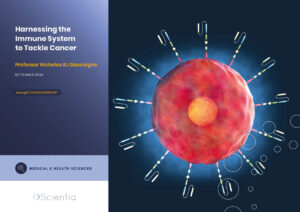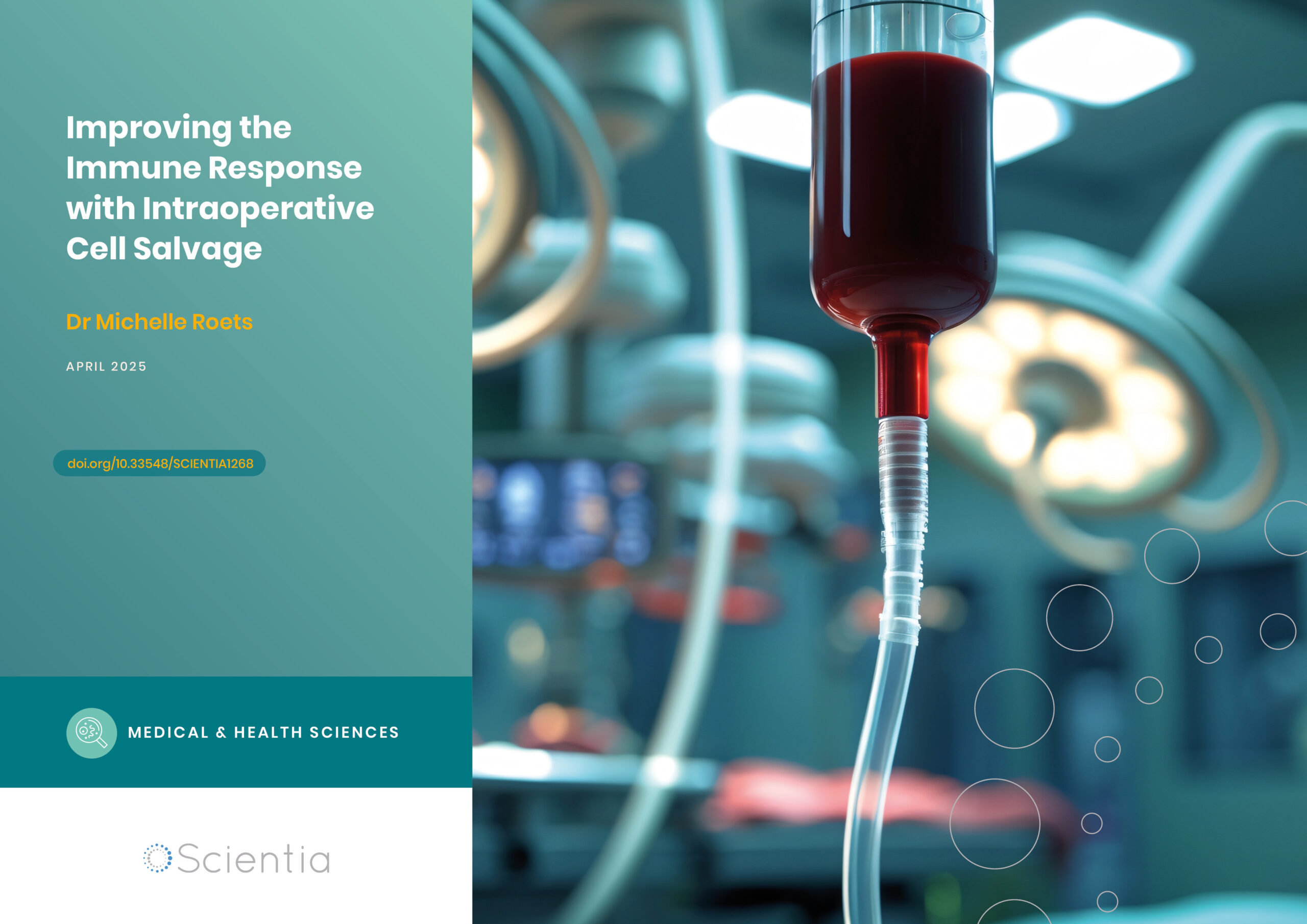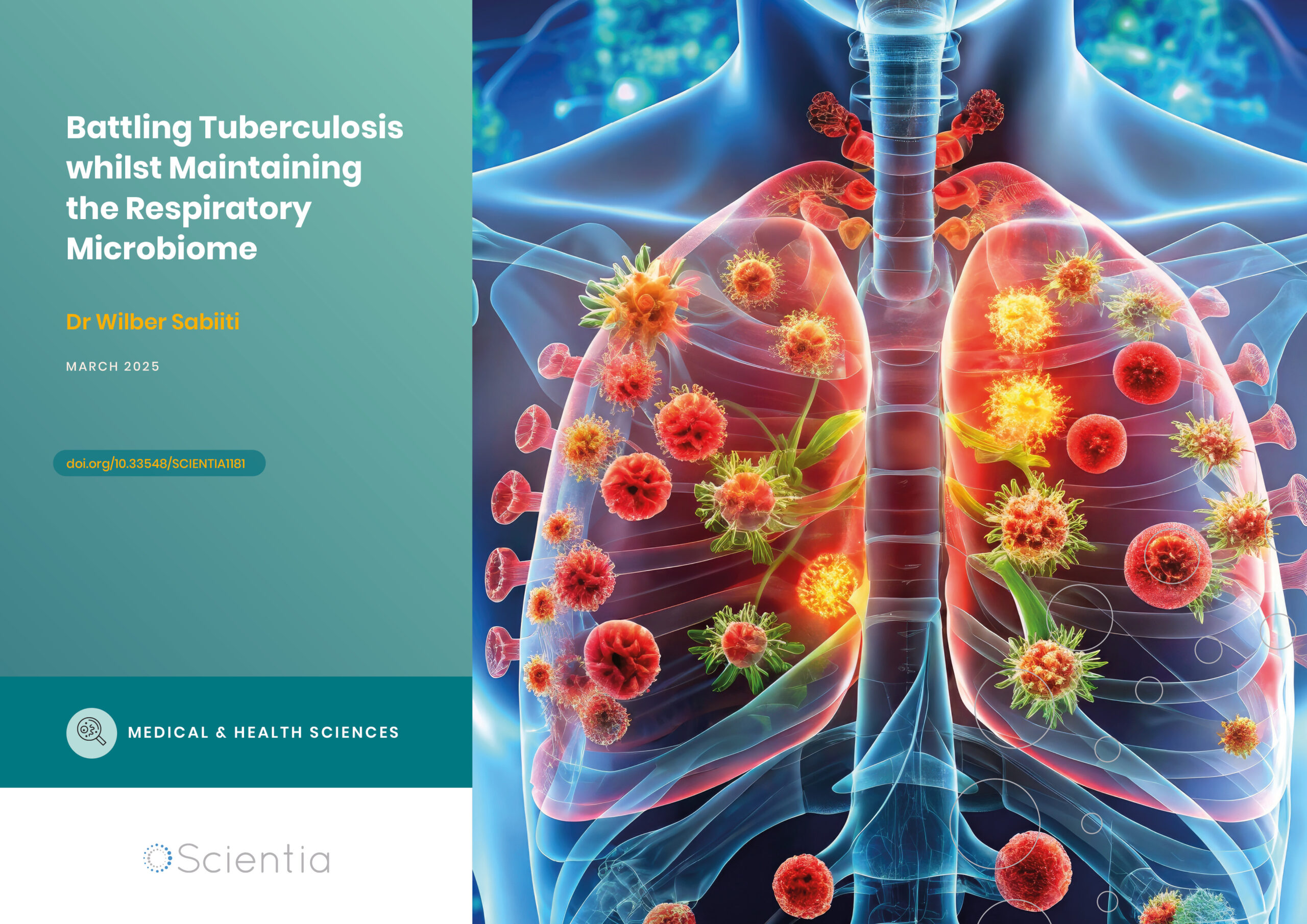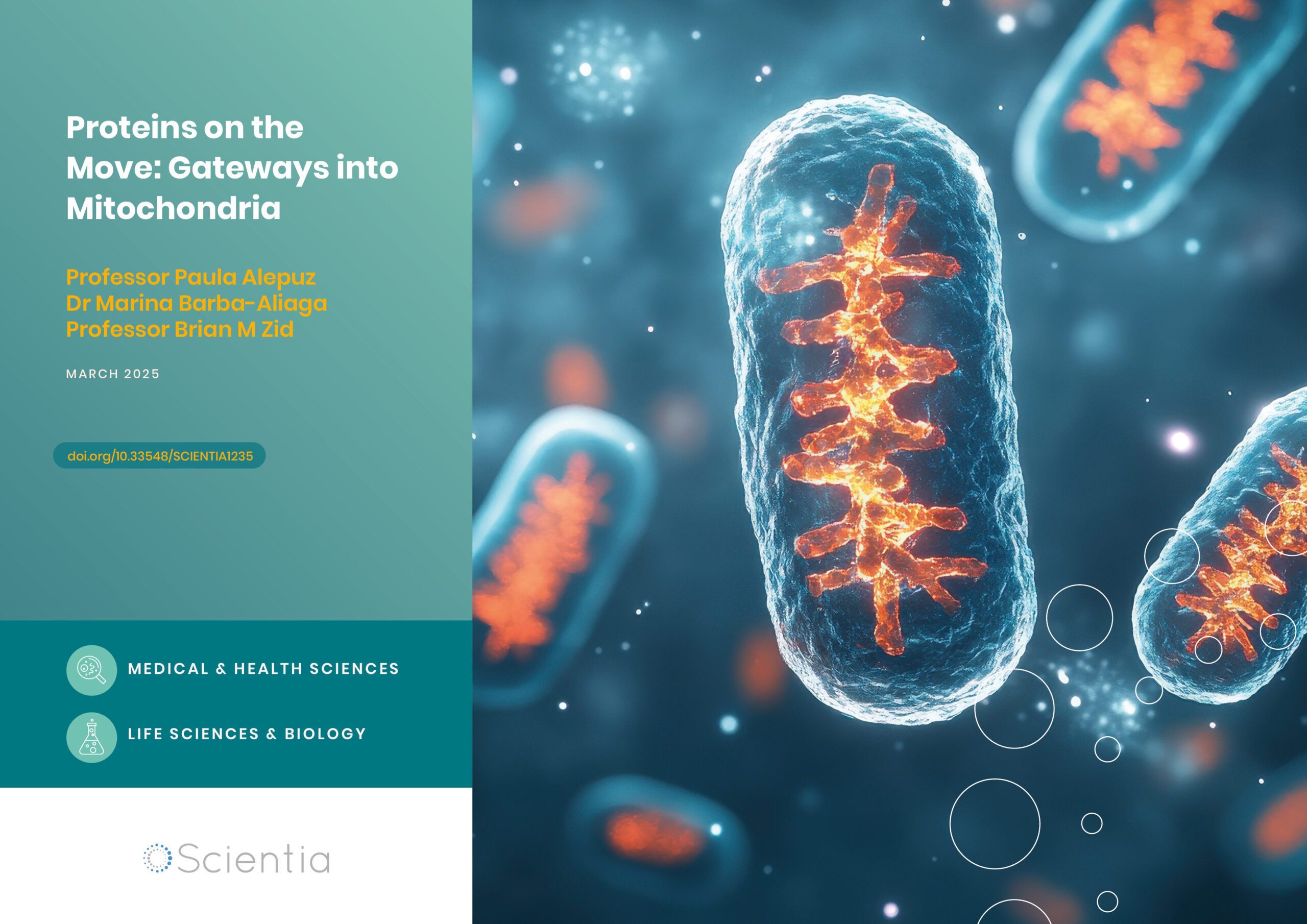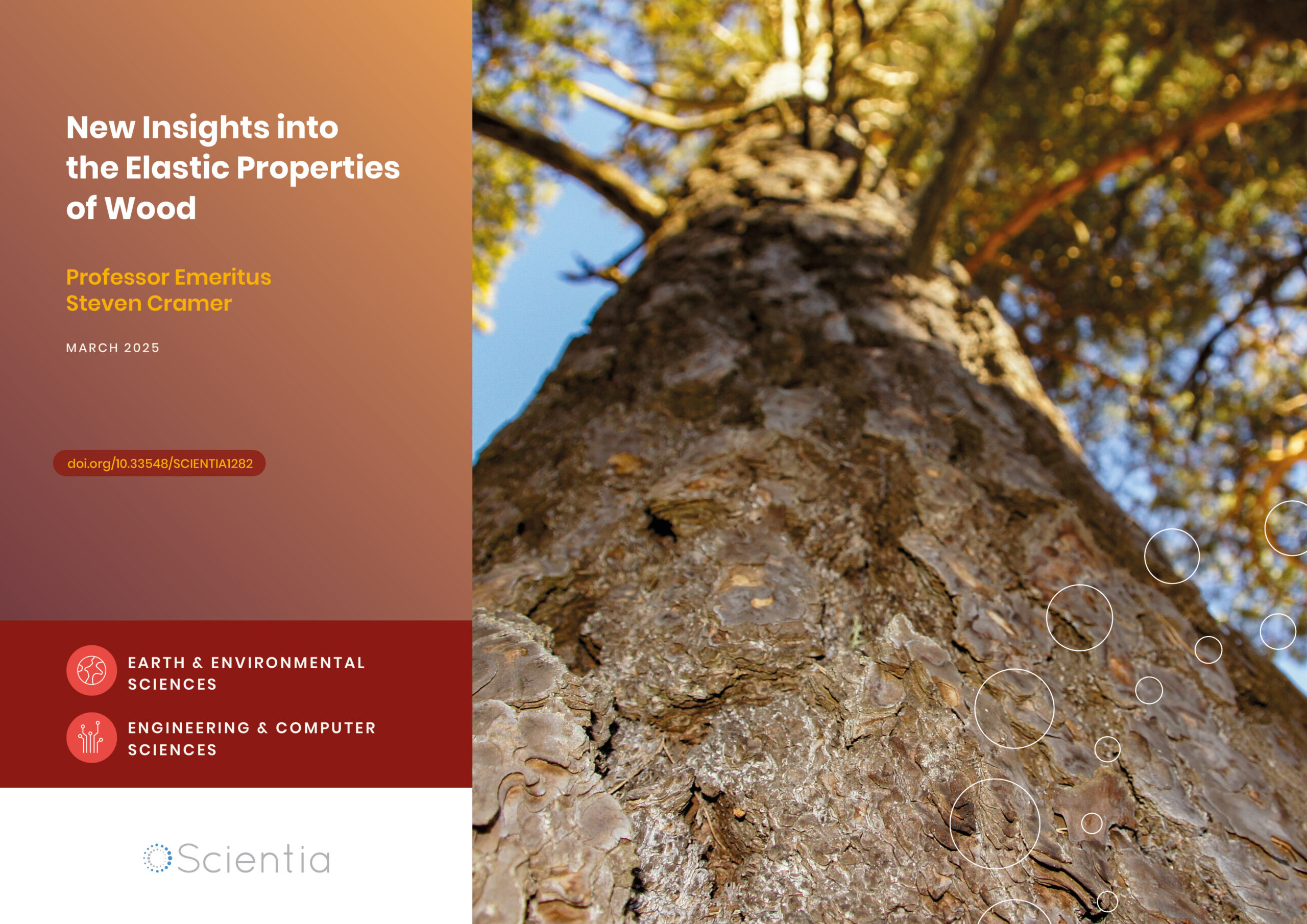Dr Nicholas Gascoigne | Harnessing the Immune System to Tackle Cancer
In a ground-breaking stride toward accessible cancer treatments, a revolutionary method for preparing immune cells has emerged. Dr Nicholas Gascoigne from the Yong Loo Lin School of Medicine at the National University of Singapore has helped develop an innovative approach involving T-cells, which holds the promise of transforming the landscape of cancer therapy, potentially making it more widely available and more effective.
Emerging Avenues in Cancer Treatments
According to the World Health Organization, cancer remains a prominent global cause of mortality, having contributed to approximately 10 million fatalities in the year 2020 – accounting for nearly one out of every six deaths. In recent decades, immunotherapy has emerged as a crucial component in treating certain cancer types. Ongoing advancements in this field include the testing and approval of new immunotherapy treatments and the rapid discovery of novel approaches to harness the immune system.
Dr Nicholas Gascoigne carries out his ground-breaking work as part of the Immunology Translational Research Programme and Cancer Translational Research Programme, alongside the Department of Microbiology and Immunology, at the National University of Singapore. In collaboration with colleagues, he specialises in developing a particular branch of immunotherapy called chimeric antigen receptor (CAR) T-cell therapy.
Retraining the Immune System
The immune system works by constantly monitoring the substances present in the body. If it encounters a new substance it doesn’t recognise, it triggers an alert, prompting the immune system to launch an attack against it. CAR T-cell therapy uses a part of the immune system, a particular type of white blood cell called T-cells, to combat cancer. This involves modifying these T-cells in a laboratory setting, enabling them to identify and eliminate cancer cells.
The immune system uses antigens to identify foreign substances within the body, like bacteria cells, viruses, and other pathogens. They are found on the surface of all cells that the immune cells use to distinguish one’s own cells from those that should not be there. T-cells have receptors on their outer surfaces that connect to foreign antigens, initiating a cascade of responses in other parts of the immune system to eliminate the invading pathogen. The relationship between antigens and T-cell receptors is analogous to a lock and key. Similarly, as a lock requires the right key to open, each foreign antigen corresponds to a unique receptor capable of binding to it.
Autologous Versus Allogeneic
Dr Gascoigne explains that whilst cancer cells exhibit antigens, if the patient’s T-cells lack the appropriate receptors, they cannot attach to these antigens and assist in eliminating the cancer cells. He adds that in CAR T-cell therapy, T-cells are extracted from the patient’s blood and undergo modification in the laboratory by introducing a gene for a receptor known as a chimeric antigen receptor (CAR). This CAR facilitates the attachment of T-cells to a particular cancer cell antigen. Following this modification, the CAR T-cells are reintroduced into the patient. Since various cancers exhibit distinct antigens, each CAR is specifically designed for the antigen of a particular cancer.
Dr Gascoigne says that this currently approved method of crafting CAR T-cells, also known as autologous CAR T-cell therapy, poses several challenges, not least that it takes several weeks to prepare cells, and relies on the use of the patient’s T cells, which are frequently in poor condition and often scarce. As a result of these issues, a significant number of very sick patients are disqualified from undergoing this therapy. However, there is hope as his recent work looks at allogeneic CAR T-cell therapy. He clarifies that this method uses cells from a healthy donor instead of the patient, enabling these problems to be bypassed.
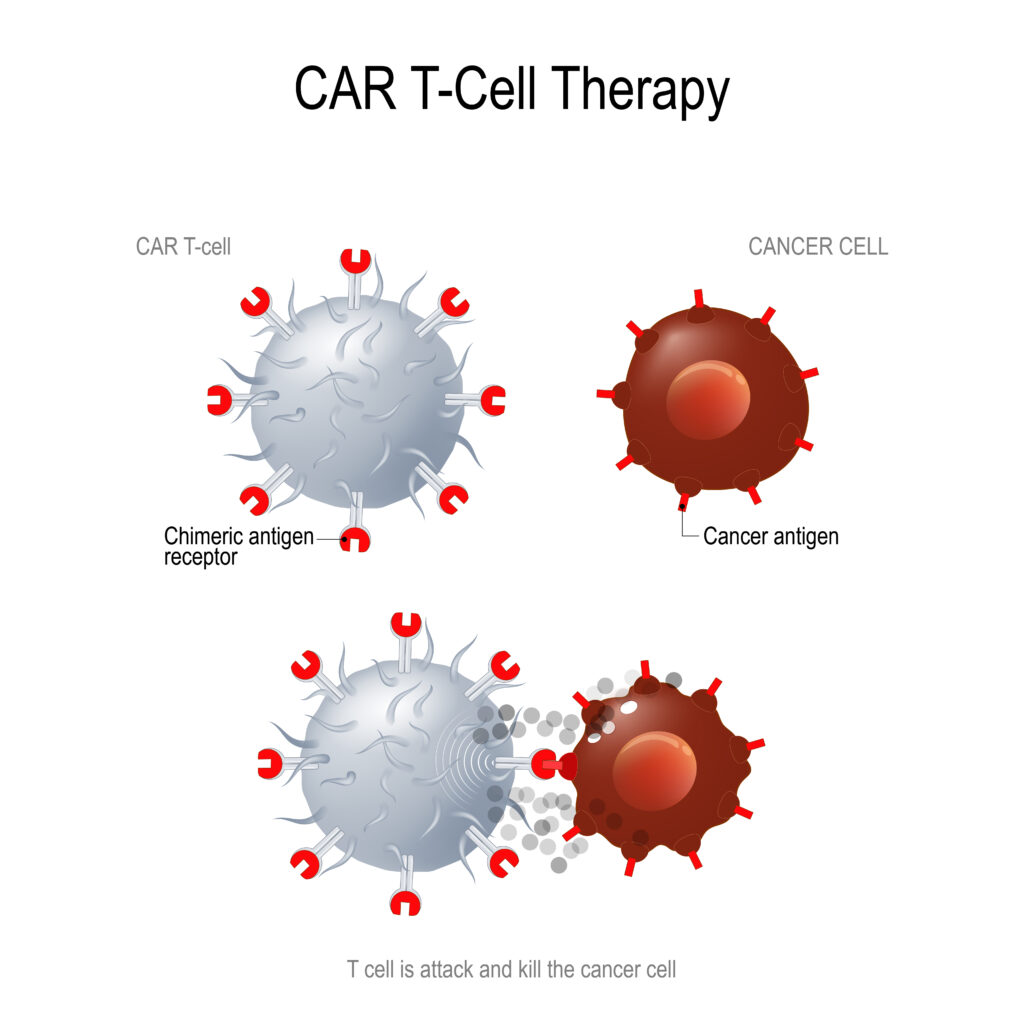
Activating CD28 CAR T-Cells
Dr Gascoigne investigates T-cells, which feature a particular protein molecule called CD28. Signal transduction is when a trigger, such as a receptor on a cell binding to an antigen, results in a chain reaction of events within the cell. He explains that when signal transduction is induced by either the natural T-cell receptor or chimeric antigen receptors, it is generally thought that much of the activity is governed by the SRC family kinase (SFK) called LCK – another group of protein molecules found in these cells.
In recent work, Dr Gascoigne and his team showed that CAR signalling can occur in the absence of the LCK proteins. CAR contains part of CD28 (the signalling domain), and this allows the CAR to be independent of LCK, using a related SFK called FYN kinase instead. The team carried out in vitro and in vivo testing in animal models to thoroughly understand the intricate relationships between the proteins and receptors. Dr Gascoigne explains that LCK-deficient CAR-T cells are able to send strong signals through the CAR and have far better efficacy in vivo, showing more persistence, improved memory and proliferation (better at reproducing and recognising foreign antigens). He notes that these improvements are linked to the fact that the FYN kinase signalling tends to promote cell proliferation and survival, unlike LCK signalling, which supports strong signalling that leads to cell exhaustion.
Cheaper, Faster, Better
Dr Gascoigne and his team conclude that CD28-CAR T-cell activation through FYN kinase signalling rather than LCK enhances their therapeutic performance. Their work has provided ground-breaking insights into CAR signalling and holds significant clinical implications for improving CAR T-cell therapy. Dr Gascoigne highlights that disrupting LCK results in elevated anti-tumour efficacy and opens the doors for potential allogeneic use.
He explains that disrupting LCK stops the normal T-cell receptors from activating the cell when it comes into contact with foreign antigens, so only signalling from the CAR can work. This means that the T-cells can only be activated by the ones found on the specific cancer cells they have been altered to attack. The T-cells could be harvested from a healthy donor, altered with this new method and given to the cancer patient, thereby avoiding any of the issues linked to autologous CAR T-cell therapy. With this new modification, the T-cell will not be activated by any other antigens found in the recipient’s body, thereby avoiding an unwanted immune response against healthy cells, evading the rejection reaction which can occur whenever cells or organs are donated from one person to another.
Dr Gascoigne hopes his CD28-CAR T-cell activation through FYN kinase signalling will pave the way for an ‘off-the-shelf’ therapy which is not only cheaper and faster to prepare and therefore more accessible than the current option but also potentially far superior in terms of killing tumour cells.
SHARE
DOWNLOAD E-BOOK
REFERENCE
https://doi.org/10.33548/SCIENTIA1087
MEET THE RESEARCHER
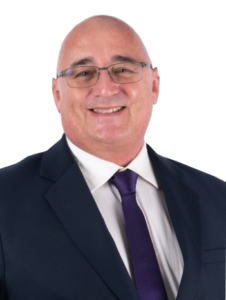
Professor Nicholas RJ Gascoigne
Department of Microbiology and Immunology
Yong Loo Lin School of Medicine
National University of Singapore
Singapore
Professor Nicholas Gascoigne has held his current position at the National University of Singapore since 2013. He additionally served as Head of Department from 2013 to 2020. Professor Gascoigne’s research group focuses on T-cell activation, signalling, and development, including CAR-T cell signalling and T-cell-microbiome interactions. Between 1987 and 2013, Professor Gascoigne was the Principal Investigator of a National Institutes of Health-funded group at the Scripps Research Institute (USA). He completed his PhD in Immunology at University College London (UK) in 1983 and undertook postdoctoral research at Stanford University (USA) between 1983 and 1987. Professor Gascoigne has served on the Singapore Ministry of Health’s Expert Committee on COVID-19 Vaccination since October 2020, and the National University of Singapore’s Promotion and Tenure Committee throughout 2022. He was elected to Fellowship of the Royal Society of Biology in 2023 and received the Yong Loo Lin School of Medicine Research Excellence Award in the same year. In January 2025, Professor Gascoigne will take up a new position at the Immunology Center of Georgia and Georgia Cancer Center at Augusta University in the USA.
CONTACT
E: micnrjg@nus.edu.sg
W: https://medicine.nus.edu.sg/mbio/about-us/our-people/academic-staff/nicholas-gascoigne.html
X: @gascoigne_nick
KEY COLLABORATORS
Dr Paul MacAry, National University of Singapore
Dr Haiyan Liu, National University of Singapore
Dr Yongliang Zhang, National University of Singapore
Dr Kevin Tan, National University of Singapore
Dr Guo Fu, Xiamen University, China
Dr Ling Wu, National University of Singapore
Dr Joanna Brzostek, National University of Singapore
FUNDING
National University of Singapore
Singapore’s National Medical Research Council
Singapore’s Ministry of Education
FURTHER READING
L Wu, J Brzostek, PD Sakthi Vale, et al., CD28-CAR-T cell activation through FYN kinase signaling rather than LCK enhances therapeutic performance, Cell Reports Medicine, 2023, 4(2), 100917. DOI: https://doi.org/10.1016/j.xcrm.2023.100917
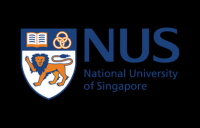
REPUBLISH OUR ARTICLES
We encourage all formats of sharing and republishing of our articles. Whether you want to host on your website, publication or blog, we welcome this. Find out more
Creative Commons Licence (CC BY 4.0)
This work is licensed under a Creative Commons Attribution 4.0 International License. 
What does this mean?
Share: You can copy and redistribute the material in any medium or format
Adapt: You can change, and build upon the material for any purpose, even commercially.
Credit: You must give appropriate credit, provide a link to the license, and indicate if changes were made.
SUBSCRIBE NOW
Follow Us
MORE ARTICLES YOU MAY LIKE
Improving the Immune Response with Intraoperative Cell Salvage
Undergoing surgery comes with many risks. Numerous factors can influence the outcome, from the choice of anaesthesia to the type of operation. Long and complex procedures can require blood transfusions, which introduce yet another risk factor to the mix. Dr Michelle Roets from the Royal Brisbane and Women’s Hospital in Queensland seeks to help mitigate these risks through intraoperative cell salvage, a different type of blood transfusion which could revolutionise surgical outcomes.
Dr Wilber Sabiiti | Battling Tuberculosis whilst Maintaining the Respiratory Microbiome
In the world of respiratory health, treating tuberculosis infections is an ongoing challenge. Dr Wilber Sabiiti from the University of St Andrews in the UK, delves into the impact of various tuberculosis treatments on the intricate community of microorganisms residing in the respiratory tract. He explores the impact of seven different treatment regimens and their effects on the microbiome, which is crucial for maintaining respiratory health and well-being.
Proteins on the Move: Gateways into Mitochondria
Eukaryotic translation initiation factor 5A (eIF5A) is an essential translation factor found in nearly all living organisms. It helps ribosomes, the molecular machines that build proteins, in translating proteins containing specific amino acids. The lack of eIF5A is related to various diseases as well as ageing. Although eIF5A is known to be essential for mitochondrial function, the specific mechanism linking them has not yet been described. Professor Paula Alepuz and former PhD student Marina Barba-Aliaga (University of Valencia) work with Professor Brian M Zid (University of California San Diego) to investigate the fascinating world of eIF5A activity and its connection to mitochondria.
Professor Emeritus Steven Cramer | New Insights into the Elastic Properties of Wood
Wood has been used for centuries to make various structures. However, its properties are typically considered on a large scale and assumed to be consistent. This oversimplification can lead to unexpected variations in product performance and less than optimal utilisation of the timber resource. Examination of the intricate structure of pine trees’ growth rings formed during the annual growing season provides a chance to determine if wood’s properties are as consistent as commonly assumed and, if not, why not. Professor Emeritus Steven Cramer of the University of Wisconsin-Madison has investigated the differences in properties between wood types that comprise the growth rings of loblolly pine trees.

